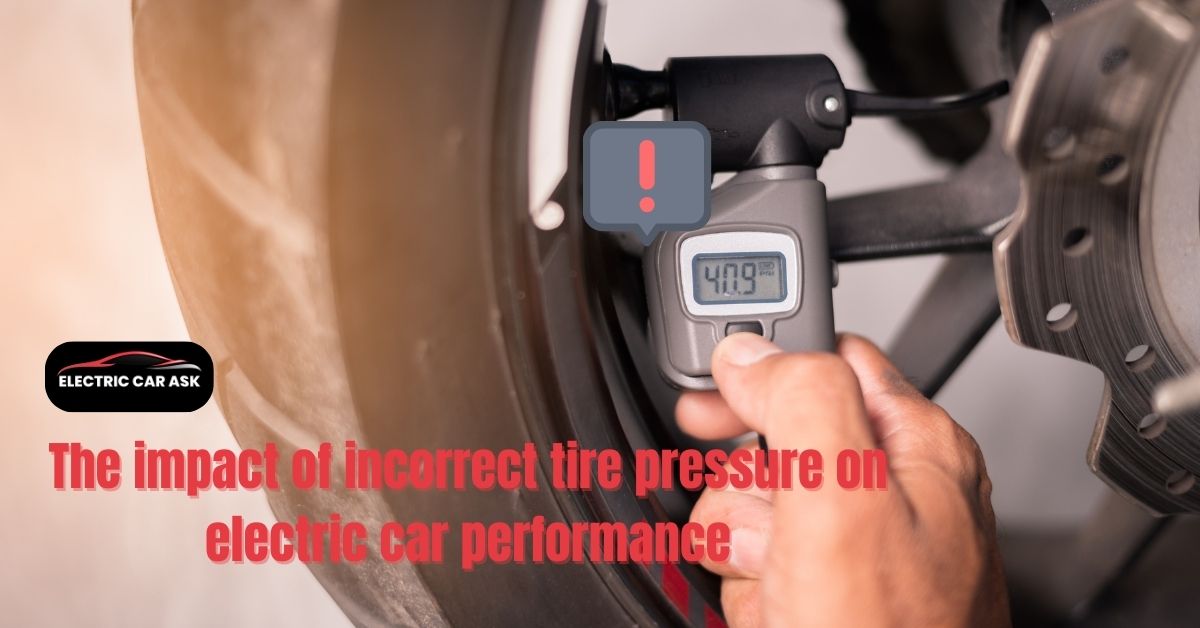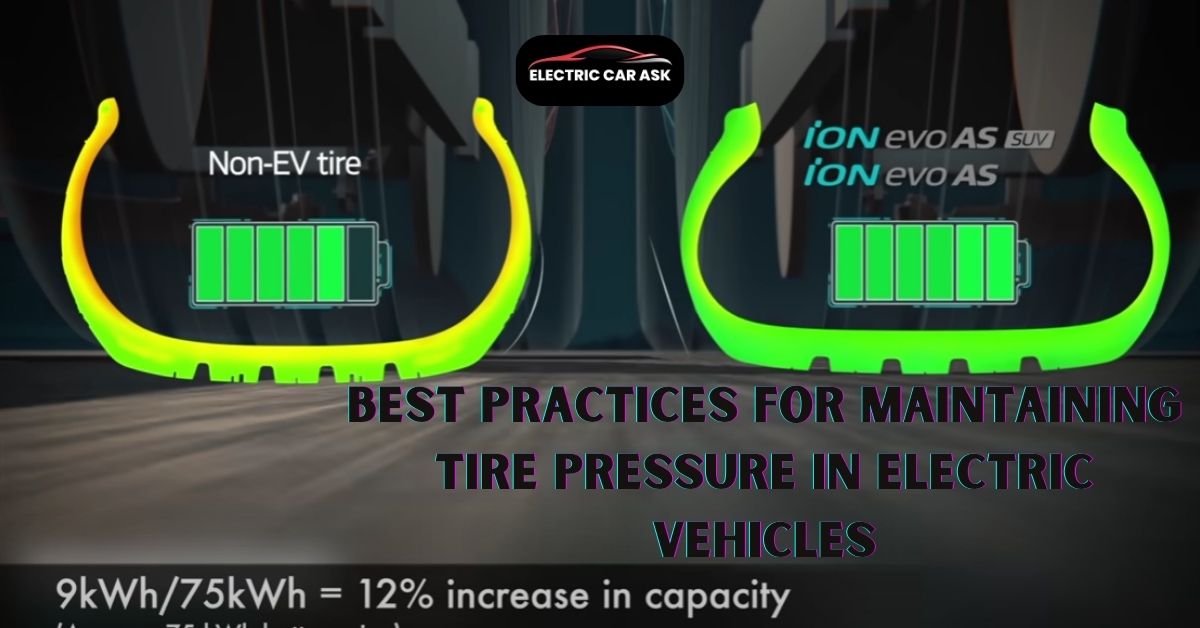How to Make Electric Car Battery? Electric car batteries play a crucial role in the widespread adoption of electric vehicles (EVs). As the world shifts towards sustainable transportation, understanding the process of making electric car batteries becomes increasingly important. In this article, we will delve into the intricacies of electric car battery production, the chemistry behind these batteries, technological advancements, and more. So, let’s explore the fascinating world of electric car batteries together.
Understanding Electric Car Batteries : How to Make Electric Car Battery
To comprehend how electric car batteries are made, we must first understand what they are. Electric car batteries, also known as traction batteries, are rechargeable energy storage devices that power the electric motor in an electric vehicle. They are responsible for storing electrical energy, converting it into mechanical energy, and propelling the vehicle forward.
Types of Electric Car Batteries
Electric car batteries come in various types, with the most common one being lithium-ion batteries. These batteries offer high energy density, longer cycle life, and better performance compared to other battery chemistries. However, other types, such as nickel-metal hydride (NiMH) batteries, are still used in some hybrid electric vehicles (HEVs).
Key Components of an Electric Car Battery
An electric car battery consists of several essential components that work together to store and deliver electrical energy. These components include electrodes (anode and cathode), electrolyte, separator, and current collectors. The anode and cathode store and release lithium ions during the charging and discharging process, while the electrolyte allows the flow of ions. The separator prevents short circuits, and the current collectors facilitate the transfer of electrons.
Read More
- How Much Does It Cost for an Electric Car Battery?
- How Much for Electric Car Battery?
- How Much Does an Electric Car Battery Weight?
- How is an Electric Car Battery Made?
- What Happens When an Electric Car Battery Dies?
The Chemistry Behind Electric Car Batteries
How to Make Electric Car Battery? The most prevalent chemistry used in electric car batteries is lithium-ion technology. Lithium-ion batteries offer high energy density, low self-discharge, and a relatively long lifespan. They operate based on the movement of lithium ions between the anode and cathode during charging and discharging cycles. However, there are other battery chemistries worth exploring.
Lithium-Ion Batteries
Lithium-ion batteries use lithium compounds as the active material in the electrodes. During charging, lithium ions move from the cathode to the anode, and during discharging, they move from the anode to the cathode. This movement of ions allows the flow of electrons, generating the electric current required to power the electric motor.
Nickel-Metal Hydride Batteries
Nickel-metal hydride batteries, although less common in electric cars today, have been widely used in hybrid vehicles. These batteries employ a hydrogen-absorbing alloy as the anode, which allows the storage and release of hydrogen ions. The cathode consists of a nickel-based compound, and the electrolyte allows the flow of ions between the electrodes.
Other Battery Chemistries
While lithium-ion and nickel-metal hydride batteries dominate the electric car market, there are ongoing research and development efforts to explore alternative chemistries. These include solid-state batteries, lithium-sulfur batteries, and other emerging technologies that promise even higher energy densities, faster charging capabilities, and enhanced safety.
Manufacturing Process of Electric Car Batteries : How to Make Electric Car Battery
The production of electric car batteries involves a complex manufacturing process that requires careful attention to detail. Here is an overview of the key steps involved:
Raw Materials Required
The manufacturing process begins with the procurement of raw materials such as lithium, cobalt, nickel, and manganese. These materials are crucial for the production of battery components like electrodes and electrolytes.
Electrode Preparation
The next step involves preparing the electrodes. The anode and cathode materials are coated onto thin metal foils, typically made of copper and aluminum. The thinness of the foils allows for increased surface area and efficient ion exchange during battery operation.
Cell Assembly
In the cell assembly phase, the anode, cathode, and separator are brought together to form a single cell. The cell is then filled with the electrolyte, which facilitates the movement of ions. The assembly is carefully sealed to ensure the integrity and safety of the battery.
Battery Pack Assembly
Multiple cells are combined to create a battery pack, which provides the necessary voltage and capacity to power the electric vehicle. The battery pack assembly includes the arrangement of cells in series or parallel configuration, depending on the desired voltage and current requirements.
Advancements in Electric Car Battery Technology
How to Make Electric Car Battery? The field of electric car batteries is constantly evolving, with ongoing research and development efforts aimed at improving battery performance and addressing key limitations. Here are some noteworthy advancements in electric car battery technology:
Higher Energy Density
One significant advancement is the continuous improvement in energy density, which refers to the amount of energy stored per unit volume or mass. Higher energy density allows electric vehicles to travel longer distances on a single charge, reducing the need for frequent recharging.
Faster Charging Capabilities
Another area of focus is reducing charging time. Faster charging capabilities enable electric vehicle owners to recharge their batteries quickly, making long-distance travel more feasible and convenient.
Longer Battery Lifespan
Extending the lifespan of electric car batteries is crucial for reducing costs and minimizing environmental impact. Advancements in battery chemistry and cell design have resulted in longer-lasting batteries, improving the overall viability of electric vehicles.
Challenges in Electric Car Battery Production
While electric car batteries offer numerous advantages, there are challenges associated with their production. Addressing these challenges is essential for the widespread adoption of electric vehicles. Here are some key hurdles:
Limited Availability of Raw Materials
The production of electric car batteries relies on the availability of critical raw materials such as lithium, cobalt, and nickel. The demand for these materials is increasing rapidly, raising concerns about future availability and the ethical sourcing of these resources.
Environmental Concerns
The extraction and processing of raw materials for electric car batteries can have environmental consequences. Responsible mining practices, as well as sustainable manufacturing processes, are necessary to mitigate these concerns and ensure a greener future.
Recycling and Disposal
As electric vehicle adoption grows, so does the need for effective battery recycling and disposal methods. Developing efficient recycling technologies is crucial for recovering valuable materials and minimizing environmental impact.
How to Make Electric Car Battery?

Read More
- How Much Does It Cost for an Electric Car Battery?
- How Much for Electric Car Battery?
- How Much Does an Electric Car Battery Weight?
- How is an Electric Car Battery Made?
- What Happens When an Electric Car Battery Dies?
Future Trends in Electric Car Battery Development
The future of electric car batteries holds exciting possibilities. Here are some emerging trends and technologies that could shape the industry:
Solid-State Batteries
Solid-state batteries are considered the next frontier in battery technology. These batteries use solid electrolytes instead of liquid electrolytes, offering several advantages such as improved safety, higher energy density, and faster charging.
Lithium-Sulfur Batteries
Lithium-sulfur batteries are another promising technology. They offer higher energy densities compared to lithium-ion batteries, potentially enabling electric vehicles to travel even longer distances on a single charge.
Other Emerging Technologies
Researchers are exploring various other battery technologies, including lithium-air batteries, sodium-ion batteries, and flow batteries. These technologies aim to address specific challenges and further enhance the performance of electric car batteries.
Factors Influencing Electric Car Battery Performance
How to Make Electric Car Battery? Several factors can influence the performance of electric car batteries. It’s essential to understand these factors to optimize battery operation and maximize efficiency. Here are some key considerations:
Temperature Effects
Extreme temperatures can significantly impact battery performance. High temperatures can accelerate battery degradation, while low temperatures can reduce overall capacity and increase internal resistance.
Charging and Discharging Rates
The rate at which an electric car battery is charged and discharged affects its lifespan and performance. Rapid charging or discharging at high currents can generate heat and degrade the battery, while slower rates can help maintain battery health.
Battery Management Systems
Battery management systems (BMS) play a vital role in monitoring and controlling the performance of electric car batteries. BMS ensures optimal charging, discharging, and overall management of battery health and safety.
Maintenance and Care of Electric Car Batteries : How to Make Electric Car Battery?
Proper maintenance and care are essential for preserving the performance and lifespan of electric car batteries. Here are some best practices:
Battery Charging Best Practices
Follow manufacturer guidelines for charging your electric car battery. Avoid excessive fast charging, especially in high temperatures, as it can lead to degradation. Optimal charging practices help maintain battery health and extend its lifespan.
Monitoring Battery Health
Regularly monitor the health of your electric car battery through the vehicle’s onboard diagnostics or dedicated battery management systems. This allows you to detect any potential issues early and take appropriate measures.
Extending Battery Lifespan
Certain practices can help extend the lifespan of electric car batteries. These include avoiding full discharges, storing the vehicle in moderate temperatures, and limiting exposure to extreme temperature conditions.
Environmental Impact of Electric Car Batteries: How to Make Electric Car Battery
Electric car batteries offer a greener alternative to traditional internal combustion engines. However, it is crucial to consider the environmental impact of battery production, use, and disposal. Here are some aspects to consider:
Life Cycle Analysis
Life cycle analysis assesses the environmental impact of electric car batteries from raw material extraction to disposal. It helps identify areas for improvement and ensures that the overall environmental footprint of electric vehicles is minimized.
Sustainable Battery Manufacturing
Efforts are underway to make battery manufacturing more sustainable. This includes reducing the use of environmentally harmful materials, implementing cleaner production processes, and promoting ethical sourcing practices.
Recycling and Reuse
Battery recycling and reuse are critical for resource conservation and minimizing waste. Developing efficient recycling infrastructure and exploring second-life applications for used batteries can help close the materials loop and reduce environmental impact.
Conclusion
Electric car batteries are at the core of the electrification revolution, enabling clean and efficient transportation. Understanding the intricacies of electric car battery production, chemistry, and performance is key to advancing this technology further. As research continues and technology evolves, we can expect even more efficient, longer-lasting, and environmentally friendly electric car batteries to drive the future of transportation.
FAQs
Can electric car batteries be recycled?
Yes, electric car batteries can be recycled. Recycling processes recover valuable materials like lithium, cobalt, and nickel, reducing the need for new resource extraction and minimizing environmental impact.
How long do electric car batteries last?
The lifespan of electric car batteries varies depending on factors such as usage patterns, operating conditions, and battery chemistry. Generally, electric car batteries can last between 8 to 15 years or more, with warranties often covering a specific number of years or miles.
Are electric car batteries safe?
Electric car batteries are designed with safety in mind. Extensive testing, safety features, and strict manufacturing standards ensure that electric car batteries are safe for use. However, like any energy storage device, proper handling and maintenance are important to minimize risks.
Can electric car batteries be upgraded?
Upgrading electric car batteries is possible but depends on the vehicle’s design and manufacturer specifications. In some cases, battery upgrades may be available, offering improved performance or increased capacity.
How much do electric car batteries cost?
The cost of electric car batteries varies depending on the vehicle make and model, battery capacity, and market conditions. Generally, battery costs have been decreasing over the years due to advancements in technology and economies of scale.
How to Make Electric Car Battery?
Making electric car battery process described above article please read full article you will understand everything.



